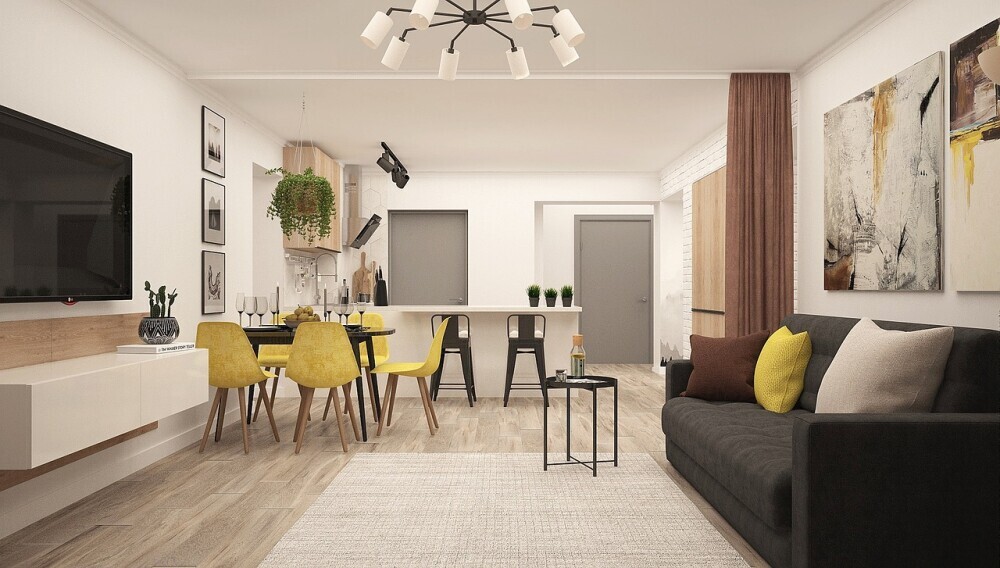
The Rise of Co-Living Spaces: A New Era of Urban Living
Co-living, a concept that once seemed futuristic, has rapidly gained traction in urban areas worldwide. This innovative housing model offers a unique blend of affordability, community, and convenience. As cities become increasingly crowded and expensive, co-living spaces have emerged as a compelling solution for young professionals, digital nomads, and those seeking a more connected lifestyle.
What is Co-Living?
Co-living spaces are residential communities where individuals share common areas like kitchens, lounges, and outdoor spaces. Residents often rent private bedrooms or studios, while shared amenities provide opportunities for social interaction and community building.
The Driving Forces Behind Co-Living
Several factors have contributed to the rise of co-living:
- Affordability: Sharing costs with roommates can significantly reduce housing expenses.
- Community: Co-living spaces foster a sense of belonging and community among residents.
- Convenience: Many co-living spaces offer amenities like high-speed internet, cleaning services, and fitness facilities.
- Flexibility: Short-term leases and flexible contracts cater to the needs of a mobile workforce.
The Economics of Co-Living
The economics of co-living are based on a shared economy model. By sharing common spaces and amenities, residents can reduce their overall housing costs. Co-living companies can generate revenue through rental income, additional services, and partnerships with local businesses.
Social Dynamics and Well-being
Co-living spaces offer a unique opportunity to build strong social connections. Residents can participate in community events, collaborate on projects, and simply enjoy the company of like-minded individuals. This sense of community can help alleviate feelings of loneliness and isolation, particularly for those who live in urban areas.
The Role of Technology and Design
Technology plays a crucial role in enhancing the co-living experience. Smart home systems, high-speed internet, and mobile apps can streamline daily life and facilitate communication among residents.
Co-living spaces often feature innovative design elements, such as open-plan layouts, communal kitchens, and shared workspaces. These spaces are designed to promote social interaction and foster a sense of belonging.
Challenges and Opportunities
While co-living offers numerous benefits, it also presents some challenges. Privacy concerns, noise levels, and potential conflicts among residents are some of the issues that need to be addressed. However, with careful planning and effective community management, these challenges can be mitigated.
As co-living continues to evolve, it has the potential to reshape urban living. By providing affordable, flexible, and socially enriching housing options, co-living spaces can contribute to the creation of more vibrant and sustainable cities.
If you would like to discuss any aspects of Co-living spaces do not hesitate to Call Alan on 07539141257 or 03332241257, or +447539141257 or +443332241257, you can schedule a call with Alan on https://calendly .com/alanje or drop an email to alan@alpusgroup.com.